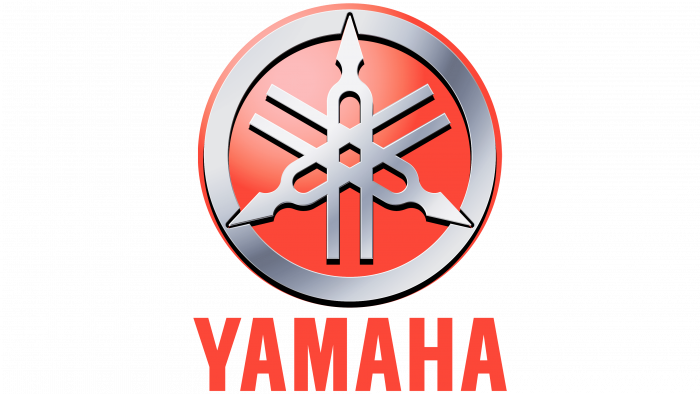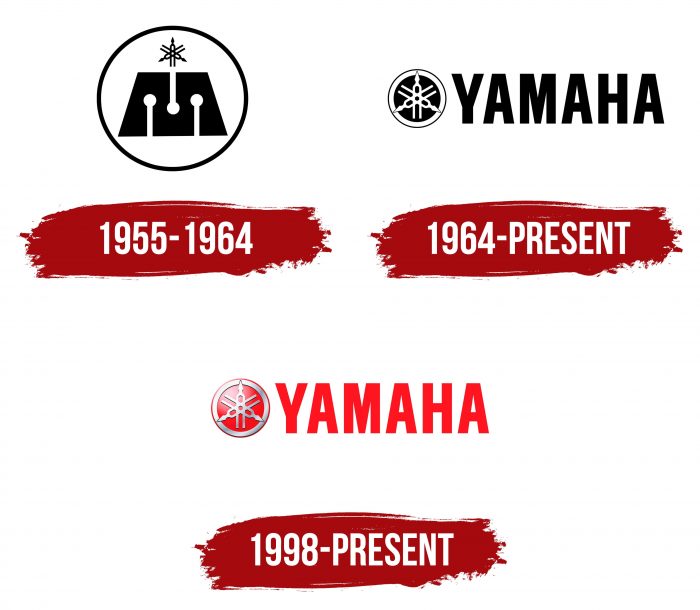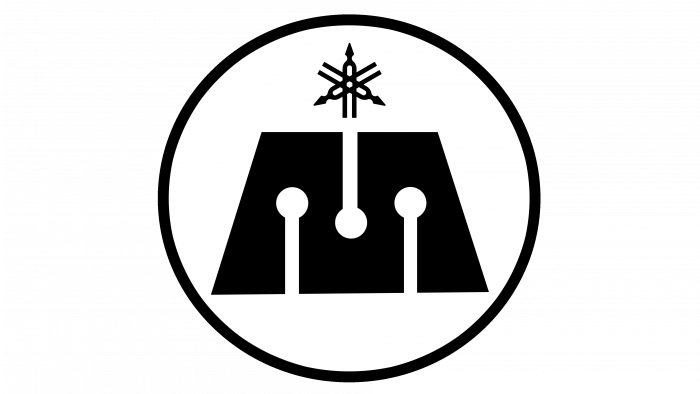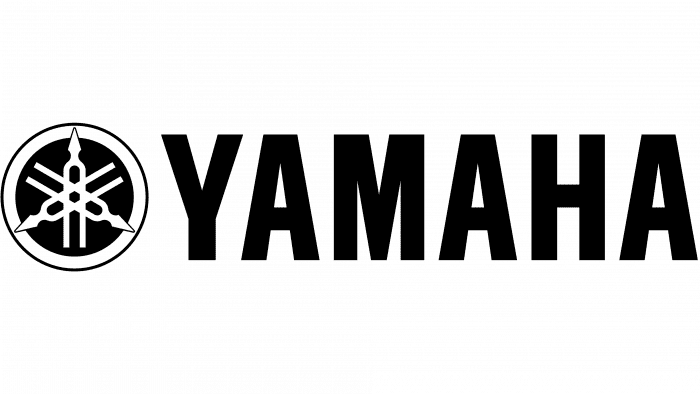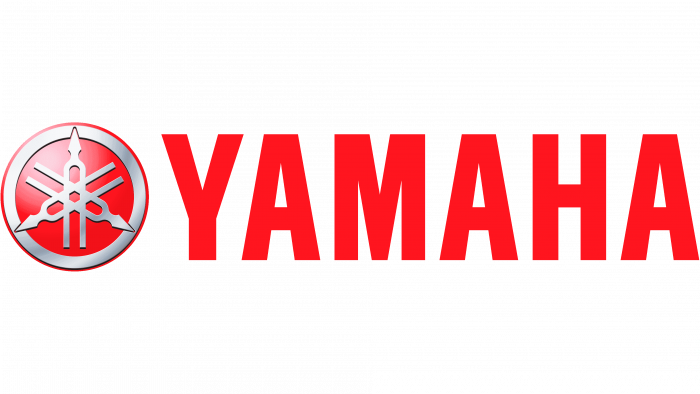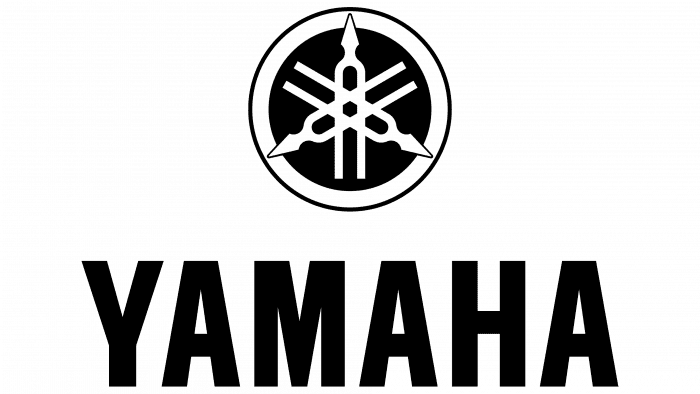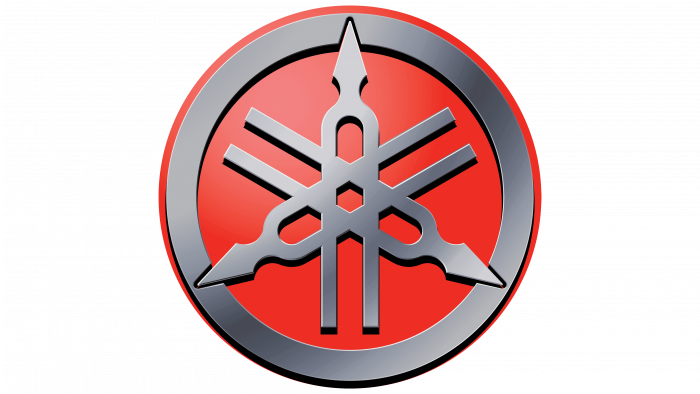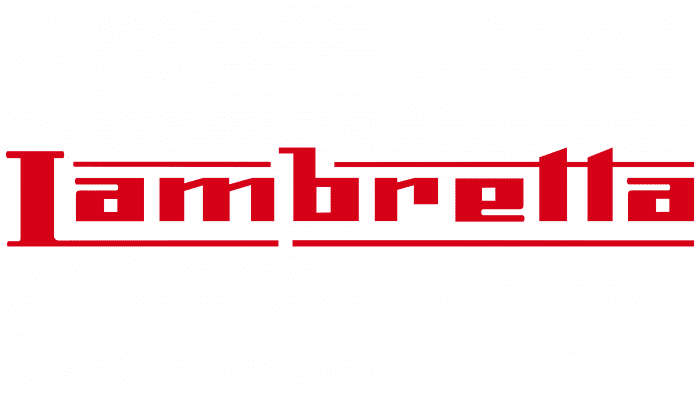The Yamaha emblem guarantees speed and perfect riding. A motorcycle of this brand rushes like an arrow in the direction the driver chooses. The emblem predicts good luck and evokes a sense of harmony and balance.
Yamaha: Brand overview
Yamaha is a legendary motorcycle brand founded in May 1955 in Shizuoka, Japan. Its full name is Yamaha Motor Company. It was founded by Genichi Kawakami and specialized in the production of two-wheeled vehicles: motorcycles, scooters, mopeds, and electric bicycles. It was also engaged in the production of water transportation and golf cars. Currently, the Yamaha and Toyota corporations are the owners of the company.
Meaning and History
In fact, the career growth of the brand began a long time ago – in 1887, when Torakusu Yamaha established Nippon Gakki Co. Ltd. to manufacture musical instruments. Gradually, the successful organization expanded and began to open related divisions not related to the core business. One of them is the equipment manufacturing subsidiary of the same name.
The transportation division emerged in the post-war years when the demand for pianos decreased while the demand for motorcycles and other means of transportation increased. It gradually moved away from the parent corporation and became legally independent. But financially, it is still linked to it, as Yamaha Corporation (formerly Nippon Gakki) holds a controlling interest.
The Yamaha Motor Company logo is a tribute to the founder. It depicts three tuning forks for musical instruments. They are intertwined with each other in an original shape and form a customized pattern. During the entire existence of the brand, it had only two corporate symbols. The first one – black and white – was used until 1998. The second is a red sign with a metallic shine, which is still relevant now.
What is Yamaha?
Yamaha is a Japanese multinational corporation founded in 1887. It is one of the leading manufacturers of musical instruments in the world. Since 1955, the company has also produced legendary motorcycles. Its founder is Torakusu Yamaha. The company is headquartered in Hamamatsu City, Shizuoka Prefecture.
1955 – 1964
The debut logo shows a large letter “M” combined with tuning forks. Their outlines can be seen in the figure of the letter and its gaps. In total, there are three stylized instrument tuning forks, one in the center and two others on the right and left. Each of them repeats the written symbol, forming a single structure since it cannot be said that this is a textual emblem: it contains only graphics. Three more forks cross each other and are placed at the top, above the word “motorcycle” emblem. In this way, the two-wheeler company is thanking the parent company that makes musical instruments. All elements are surrounded by a thin ring and placed inside an even circle.
1964 – today
After the redesign, there was a radical revolution in the corporate style, and there are several reasons for this:
- The developers added text to the logo.
- The bulky letter “M” disappeared from the visual identification mark.
- The tuning forks have been reconfigured and placed in a double ring.
The nozzles are positioned to give the rim the shape of shaped elements resembling hubs. The brand name is in a smooth font. The chopped symbols are clearly visible on a white background and are easy to read.
1998 – present
This variant of the logo is iconic, as it first appeared in colorful colors. The background circle, edge lines, and lettering are colored red, while the forks and the wide dividing stripe are colored metallic. This is done to emphasize the similarity of the badge to the wheel and rim. In addition, a gradient and sparkling highlights have been added to the circle to make it look more convex.
Yamaha: Interesting Facts
Yamaha started in Shizuoka, Japan, 1955 and has grown into a big worldwide company. It makes not only motorcycles but also musical instruments and electronics.
- Origins: Yamaha wasn’t always about motorcycles. It began in 1887 as a company called Nippon Gakki Co., Ltd., making musical instruments. Its founder, Torakusu Yamaha, focused on bringing Western musical instruments to Japan. The company’s move into the motorcycle industry used its skills from making musical instruments.
- Switching Gears: After World War II, Yamaha decided to make motorcycles, too. The first one, the YA-1 or “Red Dragonfly,” was made from surplus war metal. This bike won a big race at Mount Fuji, starting Yamaha’s history in motorcycle racing.
- Sound and Speed: Yamaha’s knowledge of making musical instruments helped it excel in motorcycle engineering. The company focuses on how its engines sound, showing its unique engineering approach.
- Racing Success: Yamaha has been racing internationally since 1956 and has won many MotoGP World Championships. This shows its dedication to fast and innovative motorcycles.
- Going Green: Yamaha works to be more eco-friendly. It has developed electric motorcycles and bikes to help reduce carbon emissions, showing its care for the environment.
- Musical Roots: Yamaha’s background in music influences how it markets its products. It is a leading maker of musical instruments worldwide and connects the craftsmanship of its instruments to that of its motorcycles.
- Worldwide Presence: Yamaha operates in over 180 countries. Its motorcycles are known for being reliable and innovative.
- Yamaha’s Philosophy: The company’s philosophy is “Kando,” which means feeling deep satisfaction and excitement. This idea influences how Yamaha makes and sells its products, aiming to inspire people through a motorcycle’s engine or a piano’s keys.
In summary, Yamaha has a rich history beyond motorcycles and is deeply rooted in music and innovation. Its brand aims to inspire and positively impact globally, sticking to its philosophy of bringing joy and excitement to its customers.
Font and Colors
The logos of both the main corporation and the transportation division are very similar in appearance. This is because the subsidiary manufactured products under the brand name of the parent company and only separated from it in 1964. In 1976, it received its own trademark, which differed from the basic one in some details.
In the word “Yamaha,” the center element of the letter “M” is symmetrical and has the correct shape, while in the corporate logo, it is shortened. The next difference is in the tuning forks. In the motorcycle manufacturer, the tips extend beyond the inner circle and contact the outer band. While in the emblem of the music giant, the circle is only one, and the forks do not reach the edge at all.
Forks symbolize the unification of rhythm, harmony, and melody. The Yamaha emblem symbolizes the basis of business partnerships: technology, production, and trade. The logo also signifies a powerful life force securely enclosed in a closed circle.
Yamaha Motor Co. Ltd. Uses a symmetrical typographic emblem in which the middle column of the letter “M” is not abbreviated. The lettering is in a smooth sans-serif uppercase font. The color palette of the transportation brand is black, white, and red, while the parent corporation uses purple only in the logo.
Yamaha color codes
| Vivid Red | Hex color: | #ff141e |
|---|---|---|
| RGB: | 255 20 30 | |
| CMYK: | 0 92 88 0 | |
| Pantone: | PMS Bright Red C |
